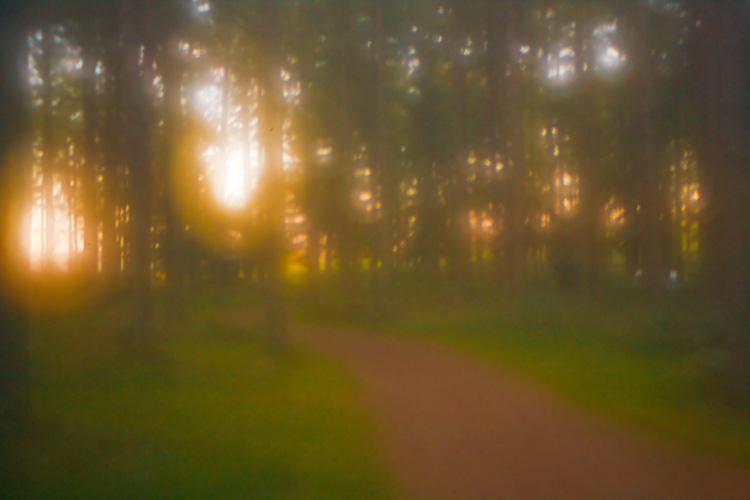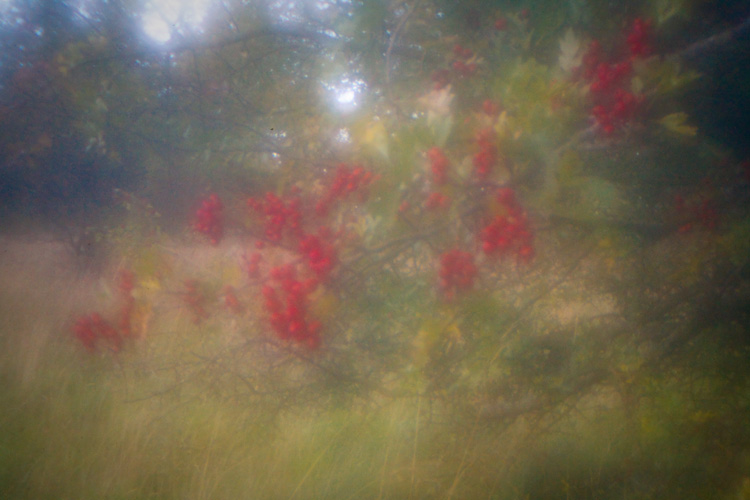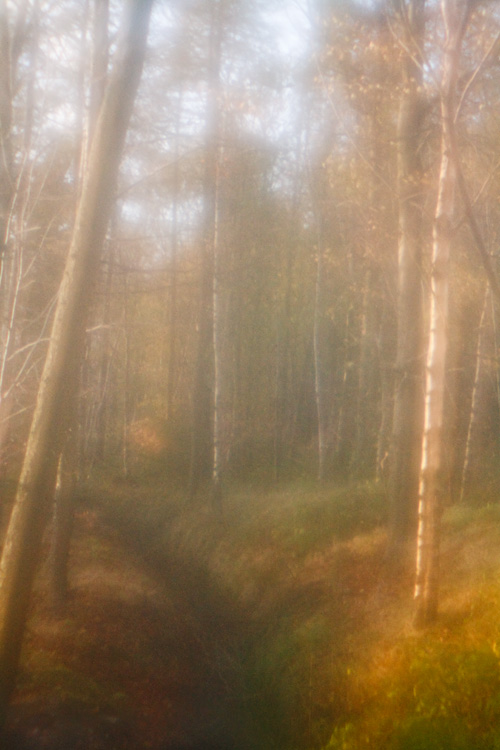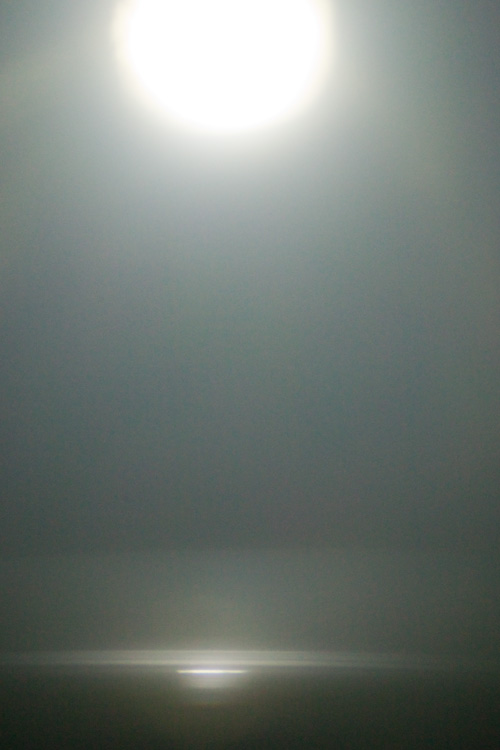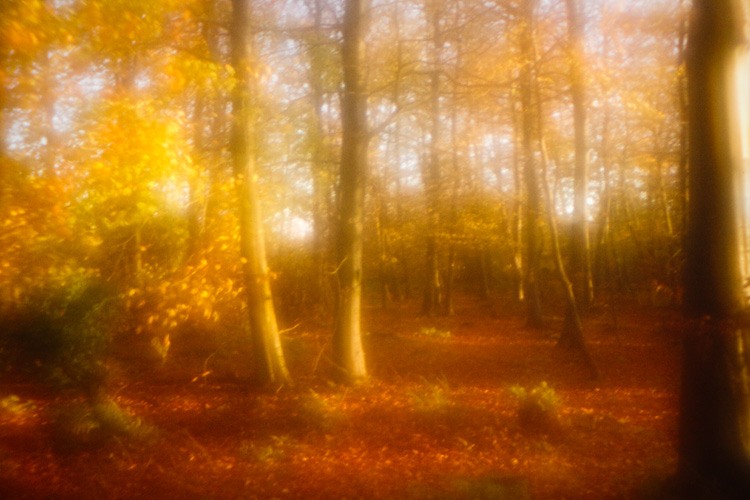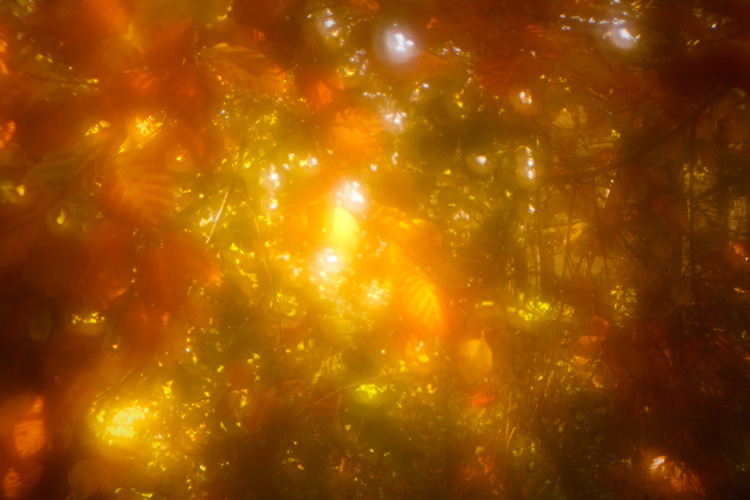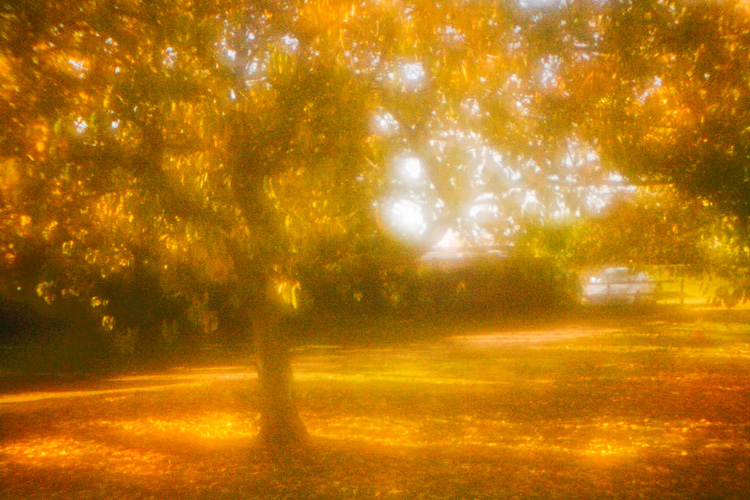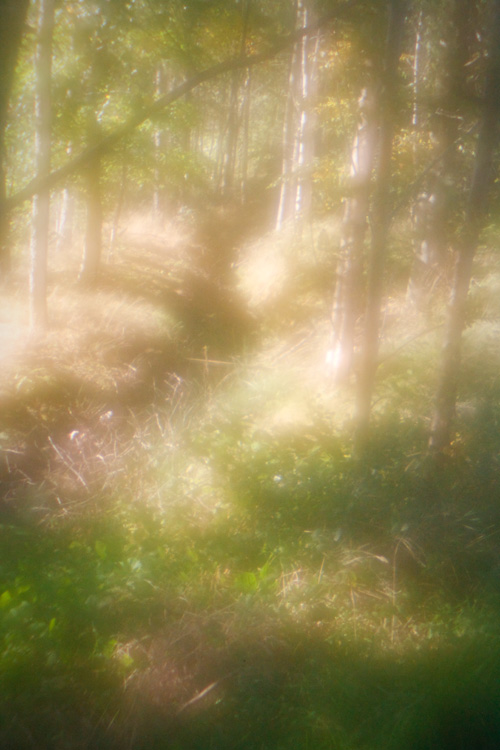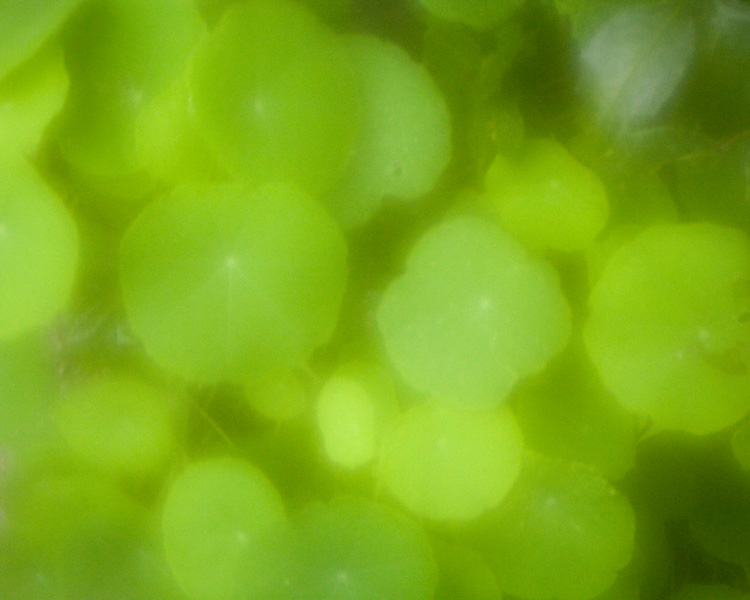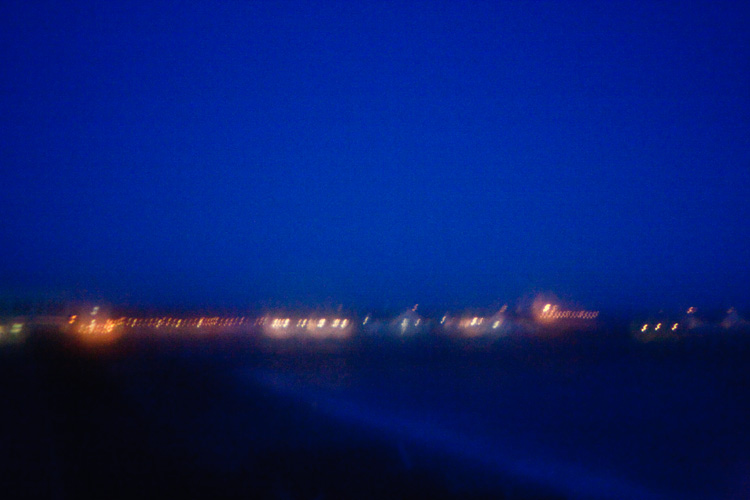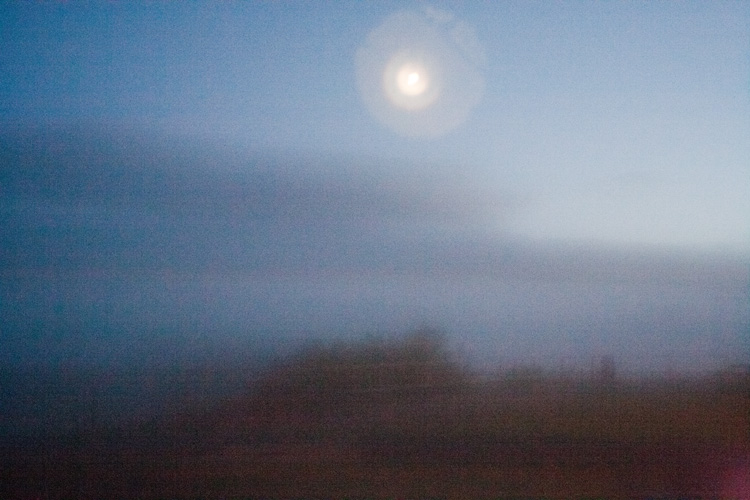Mike Shimwell
New member
Some of you will remember that I played with a homemade zone plate a couple of months ago. After a bit of thought I made a new plate up and have been working on a short series of images. These are now at a proof print stage, though some probably need some more work before being finalised. Anyway, I thought I show some here for your enjoyment (I hope!) and comment.
One of the key themes here is that the zoneplate has less resolution than a lens and reduces the subject towards it's essentials. Also, the resulting raw image tends to be very low contrast, with the highlights spreading into dark areas and so needs quite a lot of work in development. As a result the final images are all quite impressionistic (not used technically, but descriptively). One decision I made for this series was to shoot handheld with the 5D and so I have used fairly high iso - quite a lot at 3200 - in order to get manageable shutter speeds. Again, not seeking to freeze shake or anything, but to avoid the need to stand still for too long! The plate is around f45 and so night shooting is interesting.
Oh, quite a lot involve trees simply because that's been my environment for the last couple of months and I've always liked the interplay of evening light on trees and in the woods.
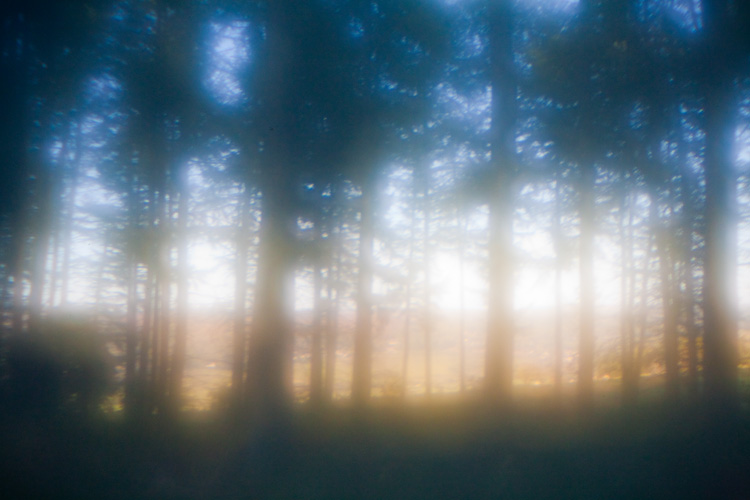
Mike Shimwell: Essentials 1
Anyway, I'll post a couple at a time over over the next few days.
Mike
One of the key themes here is that the zoneplate has less resolution than a lens and reduces the subject towards it's essentials. Also, the resulting raw image tends to be very low contrast, with the highlights spreading into dark areas and so needs quite a lot of work in development. As a result the final images are all quite impressionistic (not used technically, but descriptively). One decision I made for this series was to shoot handheld with the 5D and so I have used fairly high iso - quite a lot at 3200 - in order to get manageable shutter speeds. Again, not seeking to freeze shake or anything, but to avoid the need to stand still for too long! The plate is around f45 and so night shooting is interesting.
Oh, quite a lot involve trees simply because that's been my environment for the last couple of months and I've always liked the interplay of evening light on trees and in the woods.

Mike Shimwell: Essentials 1
Anyway, I'll post a couple at a time over over the next few days.
Mike
Last edited by a moderator:

